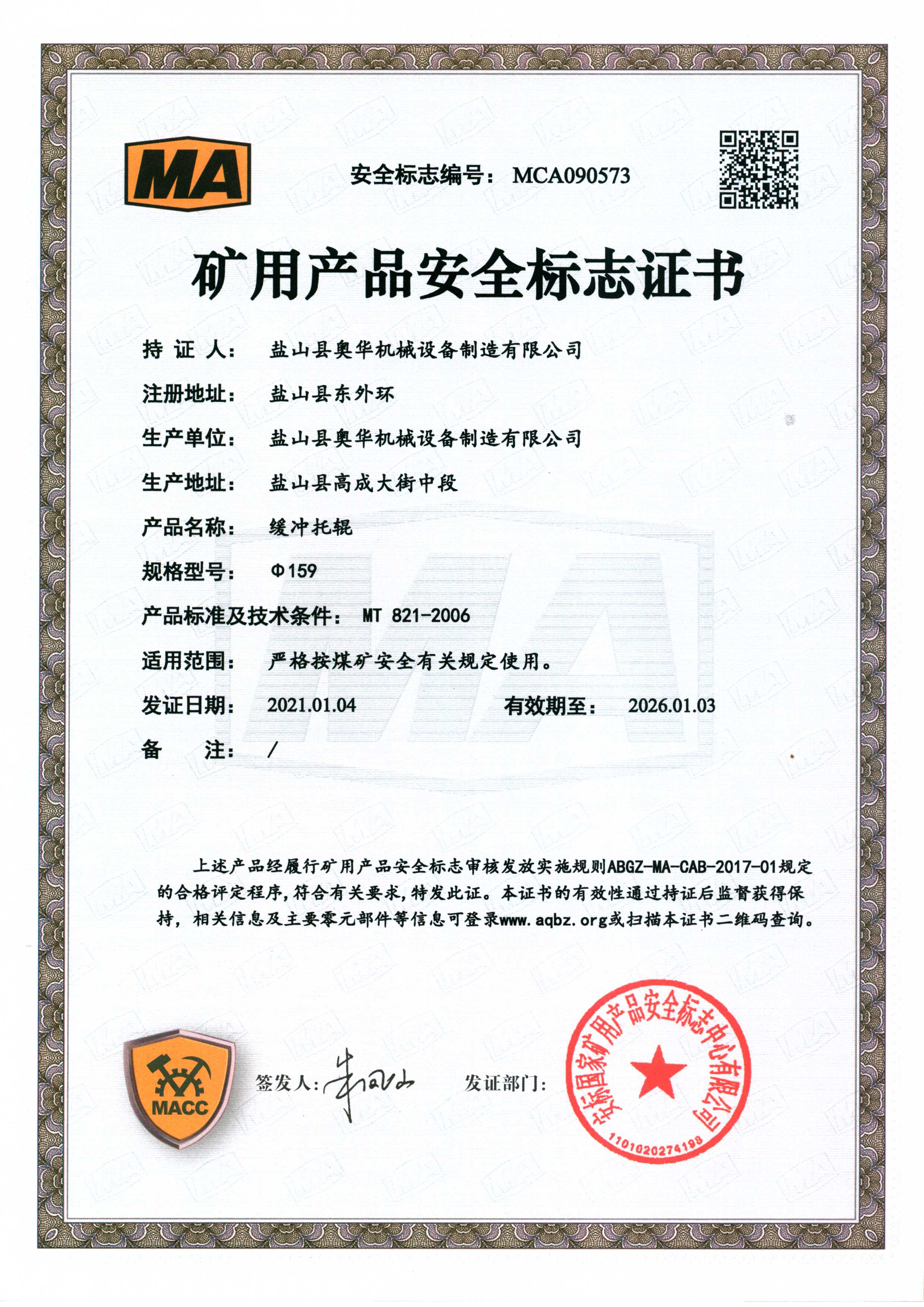 Afrikaans
Afrikaans  Albanian
Albanian  Amharic
Amharic  Arabic
Arabic  Armenian
Armenian  Azerbaijani
Azerbaijani  Basque
Basque  Belarusian
Belarusian  Bengali
Bengali  Bosnian
Bosnian  Bulgarian
Bulgarian  Catalan
Catalan  Cebuano
Cebuano  Corsican
Corsican  Croatian
Croatian  Czech
Czech  Danish
Danish  Dutch
Dutch  English
English  Esperanto
Esperanto  Estonian
Estonian  Finnish
Finnish  French
French  Frisian
Frisian  Galician
Galician  Georgian
Georgian  German
German  Greek
Greek  Gujarati
Gujarati  Haitian Creole
Haitian Creole  hausa
hausa  hawaiian
hawaiian  Hebrew
Hebrew  Hindi
Hindi  Miao
Miao  Hungarian
Hungarian  Icelandic
Icelandic  igbo
igbo  Indonesian
Indonesian  irish
irish  Italian
Italian  Japanese
Japanese  Javanese
Javanese  Kannada
Kannada  kazakh
kazakh  Khmer
Khmer  Rwandese
Rwandese  Korean
Korean  Kurdish
Kurdish  Kyrgyz
Kyrgyz  Lao
Lao  Latin
Latin  Latvian
Latvian  Lithuanian
Lithuanian  Luxembourgish
Luxembourgish  Macedonian
Macedonian  Malgashi
Malgashi  Malay
Malay  Malayalam
Malayalam  Maltese
Maltese  Maori
Maori  Marathi
Marathi  Mongolian
Mongolian  Myanmar
Myanmar  Nepali
Nepali  Norwegian
Norwegian  Norwegian
Norwegian  Occitan
Occitan  Pashto
Pashto  Persian
Persian  Polish
Polish  Portuguese
Portuguese  Punjabi
Punjabi  Romanian
Romanian  Russian
Russian  Samoan
Samoan  Scottish Gaelic
Scottish Gaelic  Serbian
Serbian  Sesotho
Sesotho  Shona
Shona  Sindhi
Sindhi  Sinhala
Sinhala  Slovak
Slovak  Slovenian
Slovenian  Somali
Somali  Spanish
Spanish  Sundanese
Sundanese  Swahili
Swahili  Swedish
Swedish  Tagalog
Tagalog  Tajik
Tajik  Tamil
Tamil  Tatar
Tatar  Telugu
Telugu  Thai
Thai  Turkish
Turkish  Turkmen
Turkmen  Ukrainian
Ukrainian  Urdu
Urdu  Uighur
Uighur  Uzbek
Uzbek  Vietnamese
Vietnamese  Welsh
Welsh  Bantu
Bantu  Yiddish
Yiddish  Yoruba
Yoruba  Zulu
Zulu Optimizing Conveyor Systems with Return Idlers for Enhanced Efficiency and Durability
Understanding Conveyor Return Idlers Importance, Types, and Maintenance
Conveyor systems play an essential role in various industries, ranging from mining and agriculture to manufacturing and logistics. One of the critical components that facilitate the efficient operation of these systems is the conveyor return idlers. This article delves into the importance of return idlers, the different types available, and best practices for their maintenance.
What Are Conveyor Return Idlers?
Conveyor return idlers are cylindrical rollers that support the bottom side of a conveyor belt as it returns to the head of the conveyor system after unloading materials. They serve multiple crucial functions stabilizing the belt and maintaining its alignment, reducing friction, and ensuring a smooth return path for the material-laden belt. By minimizing wear on the belt, return idlers contribute significantly to the overall longevity of the conveyor system.
Importance of Conveyor Return Idlers
The significance of conveyor return idlers cannot be overstated. By providing proper support to the returning belt, they help prevent issues such as belt sagging, which can lead to material spillage and misalignment. Furthermore, idlers help reduce the tension required to move the belt, resulting in energy savings. Properly functioning return idlers also contribute to lower maintenance costs, as they mitigate the wear and tear on both the belt and the drive components of the conveyor system.
Types of Conveyor Return Idlers
There are several types of conveyor return idlers, and choosing the right one depends on specific operational needs
. The most common types include1. Flat Return Idlers These are the simplest form of return idlers, consisting of a flat roller that supports the belt. They are typically used in lighter-duty applications.
2. Crowned Return Idlers These idlers have a slight crown or curve on the roller’s surface which helps in centering the belt, thus reducing the chance of misalignment.
conveyor return idlers

3. Rubberized Return Idlers These idlers have a rubber cover, which enhances friction between the idler and the belt. They are often utilized in applications where a higher grip is necessary.
4. Impact Return Idlers Designed to withstand heavy loads and shock impacts, these idlers are often found in industries dealing with heavy materials like mining.
Maintenance of Conveyor Return Idlers
To ensure longevity and optimal performance of conveyor return idlers, regular inspection and maintenance are essential. Here are some best practices
1. Routine Inspections Regularly inspect the idlers for signs of wear, rust, or damage. Early detection of problems can prevent more severe failures that could halt operations.
2. Lubrication Ensure that moving parts are adequately lubricated to minimize friction and wear. This is especially important for rotating components that can generate heat over time.
3. Alignment Checks Monitor the alignment of the idlers in relation to the conveyor belt. Misalignment can cause uneven wear on both the belt and idlers, leading to premature failure.
4. Cleanliness Keep the idlers clean and free of debris that might interfere with their functioning. Material build-up can lead to excessive wear and can hinder the smooth operation of the belt.
In conclusion, conveyor return idlers are vital components that support the functionality and efficiency of conveyor systems. Understanding their types and importance, along with implementing regular maintenance practices, can significantly enhance the efficiency of material handling processes, reduce downtime, and extend the lifespan of conveyor systems. Through proactive management of these components, industries can ensure smooth operations and improved productivity.
-
Revolutionizing Conveyor Reliability with Advanced Rubber Lagging PulleysNewsJul.22,2025
-
Powering Precision and Durability with Expert Manufacturers of Conveyor ComponentsNewsJul.22,2025
-
Optimizing Conveyor Systems with Advanced Conveyor AccessoriesNewsJul.22,2025
-
Maximize Conveyor Efficiency with Quality Conveyor Idler PulleysNewsJul.22,2025
-
Future-Proof Your Conveyor System with High-Performance Polyurethane RollerNewsJul.22,2025
-
Driving Efficiency Forward with Quality Idlers and RollersNewsJul.22,2025





























